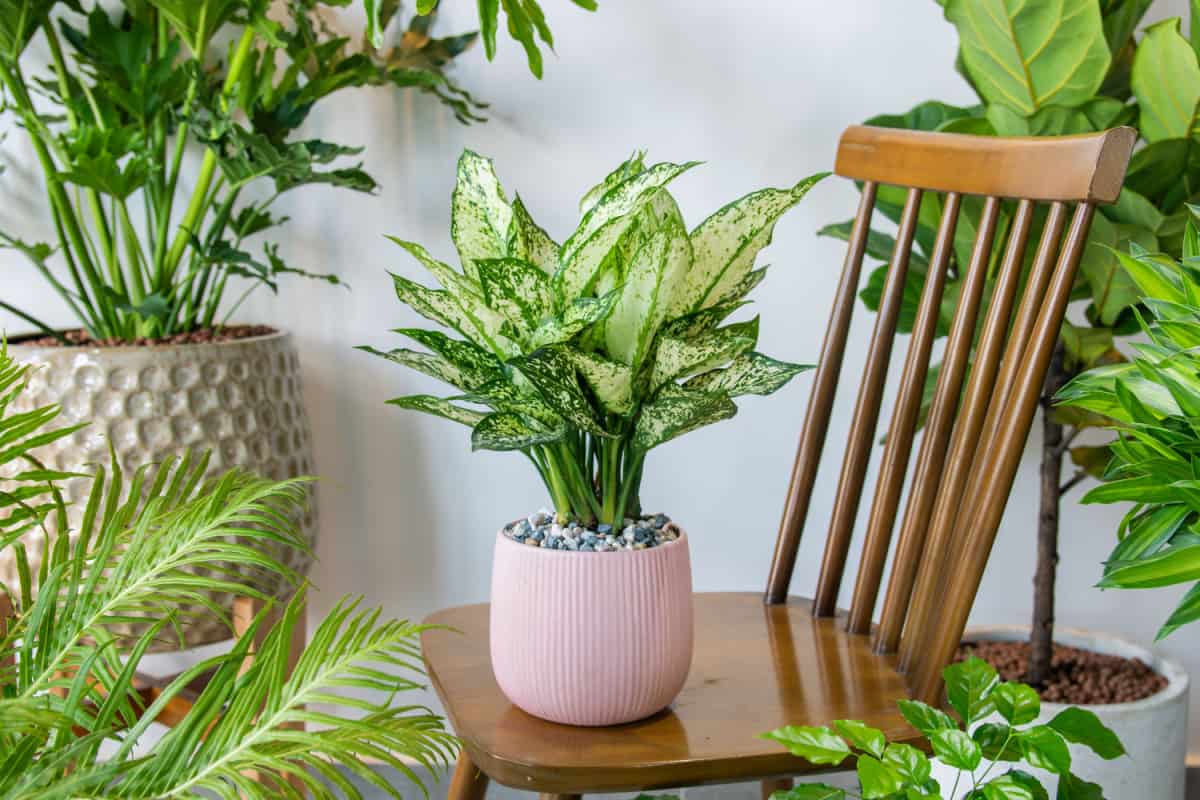Are you a plant lover looking for tips on how to keep your green friends thriving? You're in the right place.
PlantswithKrystal, a TikTok channel with over 1 million followers, has shared a video that will change the way you think about self-watering pots.
Watch the TikTok video below to learn more:
@plantswithkrystal My question is, arent we supposed ro be making plant care easier, not harder for people!? Self watering pots can be great BUT ESPECIALLY for my beginner plant parents, they can be a bit tricky. If you continue filling, the plant will keep taking up water causing your plant and those roots to die. So it’s still very important to check your soil all the way through, before refilling.
The Dangers of Self-Watering Pots
In the video, Krystal shows us how self-watering pots bought from big box stores can actually harm your plants instead of help them.
The self-watering pots, if incorrectly used, can saturate the soil with too much water, causing your plant's roots to die.
This can lead to stunted growth, yellowing leaves, and, in severe cases, the death of the plant.

How to Rescue Your Plants
With her trusty scissors and some indoor potting soil, Krystal rescues an aglaonema from its self-watering pot and repots it in a new, properly sized pot.
She even gives us some tips on how to properly use self-watering pots.
Step 1: Assess the Situation
If you suspect that your plant is suffering from overwatering due to a self-watering pot, the first step is to assess the situation.
Step 2: Remove the Plant from the Pot
Carefully remove the plant from the pot and inspect the roots. If they are brown, mushy, or have a foul smell, they are likely rotting due to overwatering!
Step 3: Trim the Roots
Using a clean pair of scissors or shears, trim away any brown or mushy roots. Be sure to cut cleanly and avoid tearing the roots.
Step 4: Repot the Plant
Choose a new pot that is the appropriate size for your plant. Fill the pot with fresh, well-draining potting soil.
Then, place the plant in the new pot and gently backfill the soil around the roots.
Lastly, water the plant thoroughly and allow it to drain.
Proper Usage of Self-Watering Pots
Krystal clarifies that she's not bashing all self-watering pots, just the ones that don't work properly.
GeoDude shares his own experience with a peace lily that was dying until he discovered it had a plastic fabric wrapped around the base of it.
Evelyn Rose asks the question that's on everyone's mind: can you still use the pot without using the self-watering feature?
Yes! It's important to note that self-watering pots can still be used without the self-watering feature.
In fact, Krystal mentions in her video that self-watering pots can be effective when used properly!
So, to all the plant lovers out there, don't give up on self-watering pots just yet.
With Krystal's expert advice, you can still enjoy the benefits of these pots without harming your precious green friends.
To learn more about proper planting pots, check out these reads:
